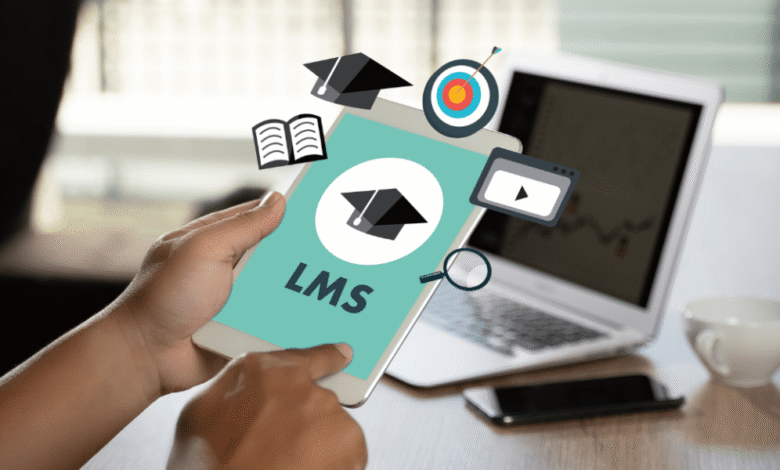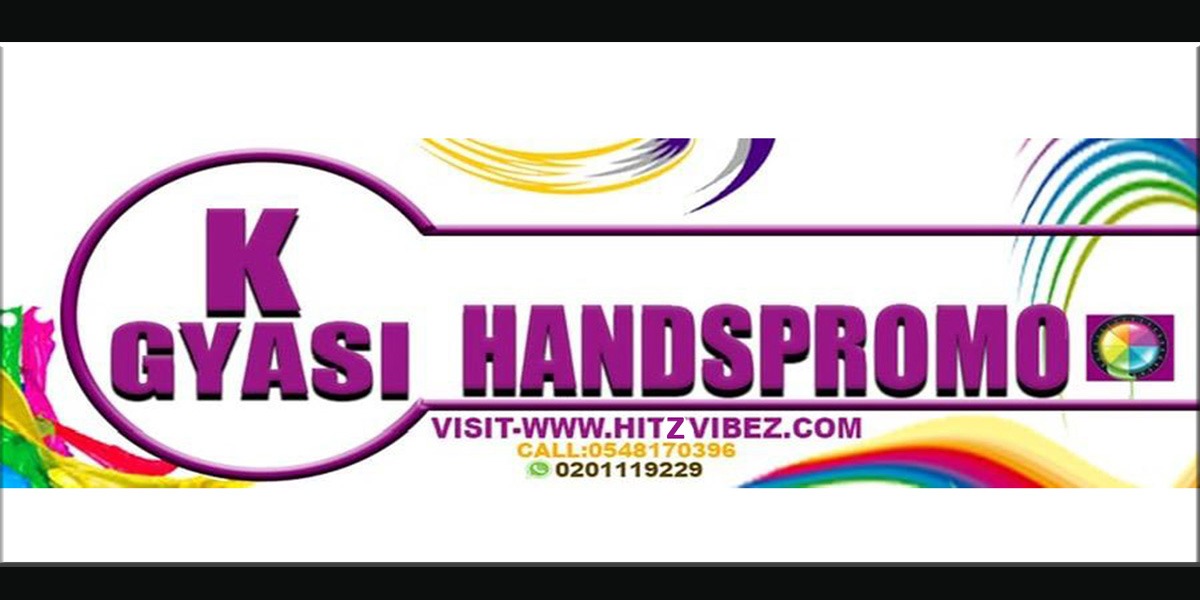LMS Platforms and How to Create an OTT Platform

Digital transformation has reshaped how people learn, train, and entertain themselves. Education is moving online, corporate training is becoming more video-driven, and media consumption is shifting away from traditional cable to on-demand streaming. Two major forces powering this change are LMS platforms in the education sector and the growing ability to create an OTT platform for entertainment and specialized content delivery.
Understanding LMS Platforms
LMS platforms (Learning Management Systems) are software solutions designed to deliver, track, and manage learning content. They serve as centralized hubs for educators, trainers, and organizations to provide structured courses, assessments, and certifications.
Key Features of LMS Platforms
Course Management: Organize modules, upload video lessons, add quizzes, and manage completion progress.
User Enrollment and Access Control: Ensure only authorized learners gain access to specific training.
Interactive Learning Tools: Forums, live sessions, and chat integrations keep learners engaged.
Analytics and Reporting: Track learner progress, quiz scores, and time spent on modules.
Integration with Video Hosting: Most LMS platforms now integrate secure video players to deliver video lessons efficiently.
In schools, LMS platforms allow teachers to manage digital classrooms. In corporations, they enable HR and L&D teams to scale training globally. In online education businesses, they serve as the backbone for monetizing courses.
What Does It Mean to Create an OTT Platform?
OTT (Over-The-Top) refers to delivering video content directly over the internet without relying on traditional broadcasting or cable. To create an OTT platform means building a digital streaming service—similar in concept to popular subscription-based video services—that gives viewers access to a curated library of content.
Core Elements of an OTT Platform
Content Management: Uploading, organizing, and categorizing large video libraries.
Streaming Infrastructure: Adaptive bitrate streaming, transcoding, and global CDN delivery.
User Accounts and Personalization: Offering recommendations, watchlists, and multi-device login.
Monetization Models: Subscriptions, pay-per-view, ads, or hybrid approaches.
Security: DRM, watermarking, and piracy protection to safeguard premium content.
An OTT platform can serve entertainment businesses, sports organizations, educators, religious institutions, or niche communities wanting to control how their content is distributed and monetized.
LMS Platforms and OTT Platforms: Points of Convergence
While LMS and OTT solutions seem to operate in different industries, their technologies often overlap:
Video-First Delivery: Both rely on secure video hosting to ensure smooth playback across devices.
Content Organization: LMS platforms organize courses and modules, while OTT platforms structure shows and playlists.
User Management: Both systems handle registrations, subscriptions, or role-based access.
Analytics: Whether tracking completion rates in LMS or viewing hours in OTT, data drives engagement.
Monetization: Just as OTT relies on subscriptions, LMS businesses often package courses into tiered membership models.
For instance, an eLearning business could use an LMS for structured course delivery while also choosing to create an OTT platform for broader, entertainment-style educational content such as webinars, workshops, and recorded conferences.
Challenges in Building These Platforms
Scalability: Managing thousands of learners or viewers simultaneously requires robust infrastructure.
User Experience: Both LMS and OTT must deliver intuitive navigation, mobile-friendly design, and reliable playback.
Security and Piracy Protection: Sensitive training materials and premium entertainment need DRM and secure hosting.
Content Production Costs: Creating original educational or entertainment content remains resource-intensive.
Competition: Both markets are crowded, so niche targeting and differentiation are essential.
Future Trends
Hybrid Learning-Entertainment Models: Edutainment platforms may merge the structured nature of LMS platforms with the binge-watch appeal of OTT platforms.
AI-Powered Personalization: Smart recommendations for both learners and viewers will increase engagement.
Global Micro-Communities: OTT platforms will serve not just mass audiences but also niche groups—fitness enthusiasts, music fans, or regional education providers.
Mobile-First Experiences: With learners and viewers consuming content primarily on phones, responsive design and offline access will become standard.
Conclusion
The digital content revolution is no longer limited to one sector. LMS platforms are redefining how people learn and train, while the ability to create an OTT platform empowers businesses and creators to launch their own streaming services. Both approaches highlight the central role of video in education and entertainment.
By combining structured learning with on-demand experiences, organizations can deliver engaging, scalable, and secure content to global audiences. The future belongs to those who understand how to harness both LMS efficiency and OTT flexibility to create meaningful digital ecosystems.





